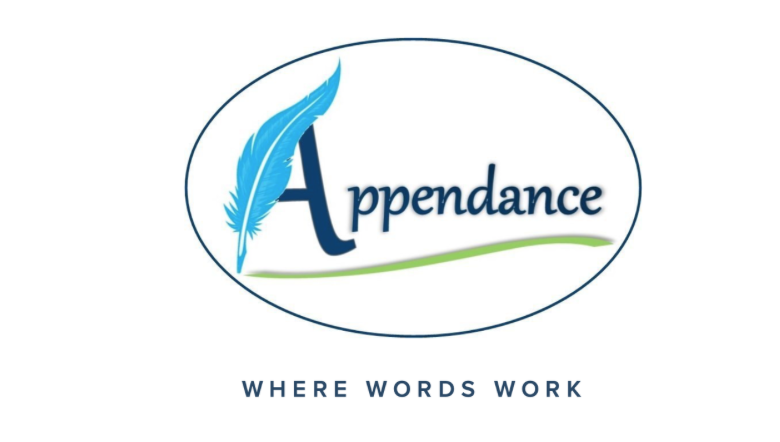Professional email
In our age of myriad technologies and informality, sometimes I think it's helpful to remind people of established conventions that are still expected in professional contexts. Professional does not necessarily mean within the context of business, but generally refers to a context in which the writer seeks to address a person of higher social standing. This could mean someone older, someone in a position of authority, or someone who you want something from.
Email, unlike text messaging, facebook, or other intimate social media in which you communicate with a selected sphere of users, is still considered to be an electronic form of the letter: electronic mail. So, while it feels like it is the equivalent of text messaging or social media contact because it similar in speed and mode of transportation, the form of the medium, that is the genre retains some expectations of formality.
For example, unlike text messages and chat, email typically includes an opening and closing. Openings are elements like "Hi Sue" or "Dear Mr. Simms". These are greetings that signal the beginning of the body of the document. Many of my students seem to have become a little uncomfortable with using "Dear," as if they are calling a stranger "Sweetie". "Dear" is the formal convention, which means the word has lost that sweet, friendly connotation because it has been used for centuries, and now, in this context, reads more like "To", though we would not typically open a letter or an email with the greeting "To Ms. Wilder". "Dear" is conventional in formal situations and "Hi" is conventional for informal situations.
As a side note, generally, "formal" refers to situations in which the person you are writing to is unknown to you or is a person requiring/expecting formal interactions. If you are writing to someone you don't know or someone who is your superior (has the advantage over you in some way), then use formal and conventional language and structures until they initiate a change: follow their lead.
A closing in an email refers to the word or phrase that comes before your name. Typical closings are "Regards" or "Sincerely". You may also use "Best wishes" or "Warmly". Avoid using "Love" in professional email, unless you are writing to your mother. Many people have also begun to use "Thanks" or "Thank you" frequently, but make sure only to use these phrases if you are indeed thanking the reader for something specific in the body of the email. There is a lot more variety available with closings rather than openings. You may notice that most closings are an -ly word (adverb), so you may invent your own like "Cheerfully", but make sure the word is appropriate and cannot be construed as offensive. A recent student wanted to use a closing word like "Fervently" or "Enthusiastically," but I cautioned him from using words that sounded too dramatic. The closing word is a hint of your attitude toward the person to whom you are writing; that word or phrase should sound sincere and accurate.
In addition to openings and closings, emails should be proofread, written in complete sentences, and use paragraphs. These are conventions of both the letter and formal documents. Most social media is too short to require paragraphs and we have developed short hand, abbreviations, and emoticons that are appropriate for those contexts. However, email is a different kind of document. Much of the language that is acceptable in text messaging and social media is not acceptable in email. Words and phrases should be written out. Rules of capitalization and punctuation should be followed and paragraphs are used to separate and visually mark movements between different ideas.
Keep in mind that in text messaging and other social media, not only are the messages significantly shorter, but the interaction between reader and writer is much more immediate. If you are chatting with someone online, you are both communicating at the same time, so a typo can be instantly accounted for and corrected. While email may be read and responded to immediately, it doesn't have to be and we don't have the same expectation that the person is constantly available by email that we do when we can see who is logged in to facebook or interact with a friend via texts on our phones. Email still has a longer duration between writer and reader than these other methods, so it must be clearer in order for the reader to easily access all of the information in the message.
Considering the differences between how we use email, what we use it for, and who we contact through it is helpful in order to understand why email continues to have different genre constraints from the other electronic forms of communication we use daily.
